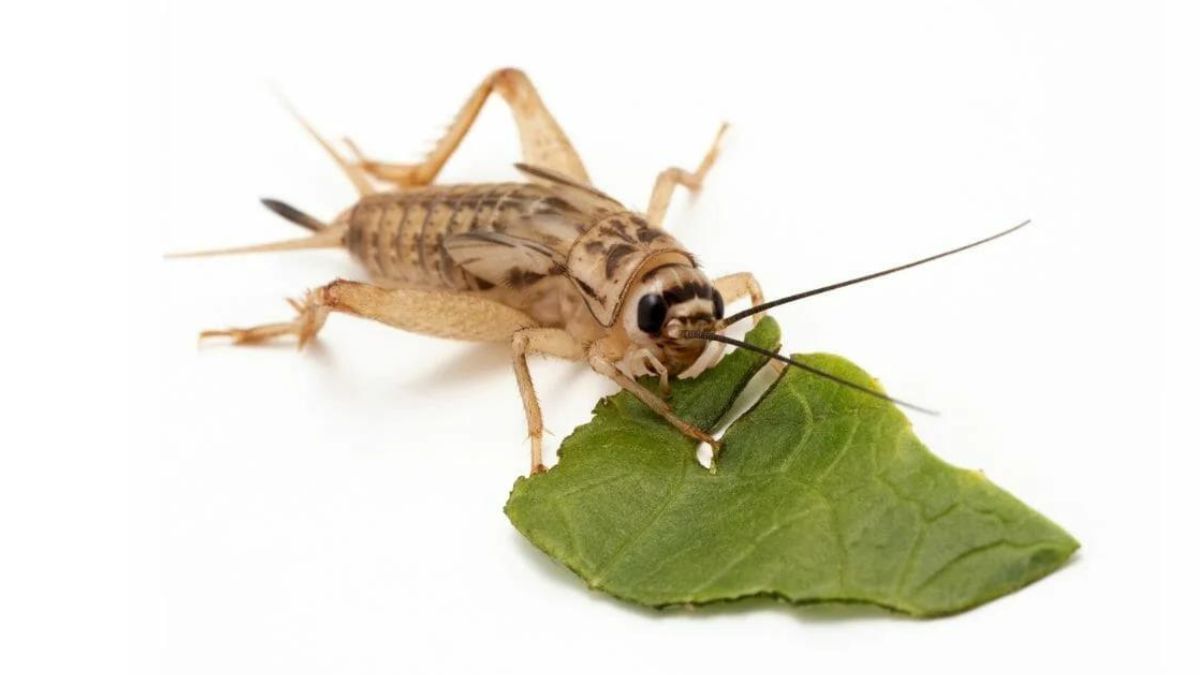Welcome to the fascinating world of crickets and their dining habits! Have you ever wondered what these chirping insects munch on to keep them hopping around? Well, wonder no more as we delve into the intriguing topic of what crickets eat. Whether you’re a cricket enthusiast or just curious about these tiny creatures’ diets, this blog post will feed your curiosity with all the juicy details. So, let’s hop right in and explore the culinary delights of our six-legged friends!
Types of Crickets and Their Eating Habits
Crickets come in various types, each with its own unique eating habits. For example, house crickets are omnivores and will eat almost anything they come across. They have a particular fondness for fruits, vegetables, and even other insects. On the other hand, field crickets tend to be more herbivorous, feeding on plants and grasses primarily.
Some cricket species are scavengers, thriving on decaying organic matter found in their environment. Camel crickets prefer dark, damp areas like basements and caves where they feed on fungi and mold. Meanwhile, mole crickets are known for tunneling underground to dine on roots and plant matter.
Understanding the specific dietary needs of different cricket species is essential when caring for them or using them as feeders for other animals. By providing the right food sources based on their natural eating habits ensures their health and well-being in captivity or out in nature.
Natural Diet of Crickets in the Wild
In the wild, crickets are omnivorous creatures that have a diverse diet. They feed on a variety of plant matter such as leaves, fruits, and flowers. Crickets also consume small insects like caterpillars and beetles to supplement their protein intake.
Their natural habitat provides them with ample access to vegetation and insects, allowing them to thrive in the ecosystem. Additionally, crickets are known to scavenge on decaying organic material like fallen fruits or dead animals.
Crickets play an essential role in maintaining ecological balance by aiding in the decomposition process through their feeding habits. By consuming both plants and other insects, they help recycle nutrients back into the soil.
In their natural environment, crickets have evolved to adapt to different food sources depending on availability. This flexibility in their diet contributes to their survival in various ecosystems around the world.
What to Feed Your Pet Crickets
When it comes to feeding your pet crickets, variety is key. Just like us, these little critters enjoy a diverse diet that keeps them healthy and happy. You can start by offering them fresh fruits and vegetables such as carrots, cucumbers, and leafy greens. Crickets also love grains like oats or wheat bran.
For some extra protein, you can include small amounts of cooked meat or fish in their diet. Don’t forget to provide sources of calcium for their exoskeleton development – crushed eggshells or commercial cricket food will do the trick. And of course, always make sure they have access to clean water through a shallow dish with pebbles for safety.
Experimenting with different foods will not only keep your pet crickets well-nourished but also stimulate their natural foraging behaviors. So get creative and see what treats they enjoy the most!
Tips for Feeding and Caring for Crickets
Feeding and caring for crickets may seem like a simple task, but there are some tips to keep in mind to ensure they thrive. Provide a varied diet for your crickets. They enjoy fresh fruits and vegetables like carrots, apples, and leafy greens. It’s essential to offer a balanced diet to meet their nutritional needs.
Make sure the food you provide is fresh and clean to prevent any contamination or mold growth. Additionally, always have a water source available for your crickets. You can use a shallow dish with water-soaked cotton balls or gel crystals that won’t drown them.
Maintain proper temperature and humidity levels in their habitat as these factors play a crucial role in their overall health. Regularly clean their enclosure to remove any waste or uneaten food that could attract pests or bacteria.
Observe your crickets regularly to monitor their behavior and appetite. Adjust feeding amounts accordingly and address any issues promptly to keep your cricket colony happy and healthy!
Benefits of Feeding Crickets to Other Animals
Feeding crickets to other animals can offer a range of benefits beyond just nutrition. Many reptiles, amphibians, and birds enjoy the challenge of hunting live prey, stimulating their natural instincts and keeping them mentally engaged.
Crickets are also a great source of protein for these animals, aiding in muscle growth and overall health. Their crunchy exoskeleton provides essential roughage that aids in digestion for insectivores like lizards.
For some species like chameleons or tarantulas, crickets provide hydration through their moisture-rich bodies. This is especially beneficial in dry environments where water sources may be limited.
Additionally, feeding live insects can help prevent obesity in captive animals by encouraging movement during hunting activities. It’s a more natural way for them to obtain nutrients compared to simply eating from a bowl.
Conclusion: The Importance of a Balanced Diet for Crickets
Crickets play a vital role in the ecosystem, serving as both prey for various animals and pollinators for plants. To ensure their well-being, it’s crucial to provide them with a balanced diet that mimics their natural feeding habits. By understanding what crickets eat and how to care for them properly, you can help maintain a healthy population of these fascinating insects. Remember, a nutritious diet is key to keeping your crickets happy and thriving in captivity or in the wild. So, whether you’re feeding pet reptiles or simply observing these creatures in nature, supporting their dietary needs is essential for their overall health and longevity.











